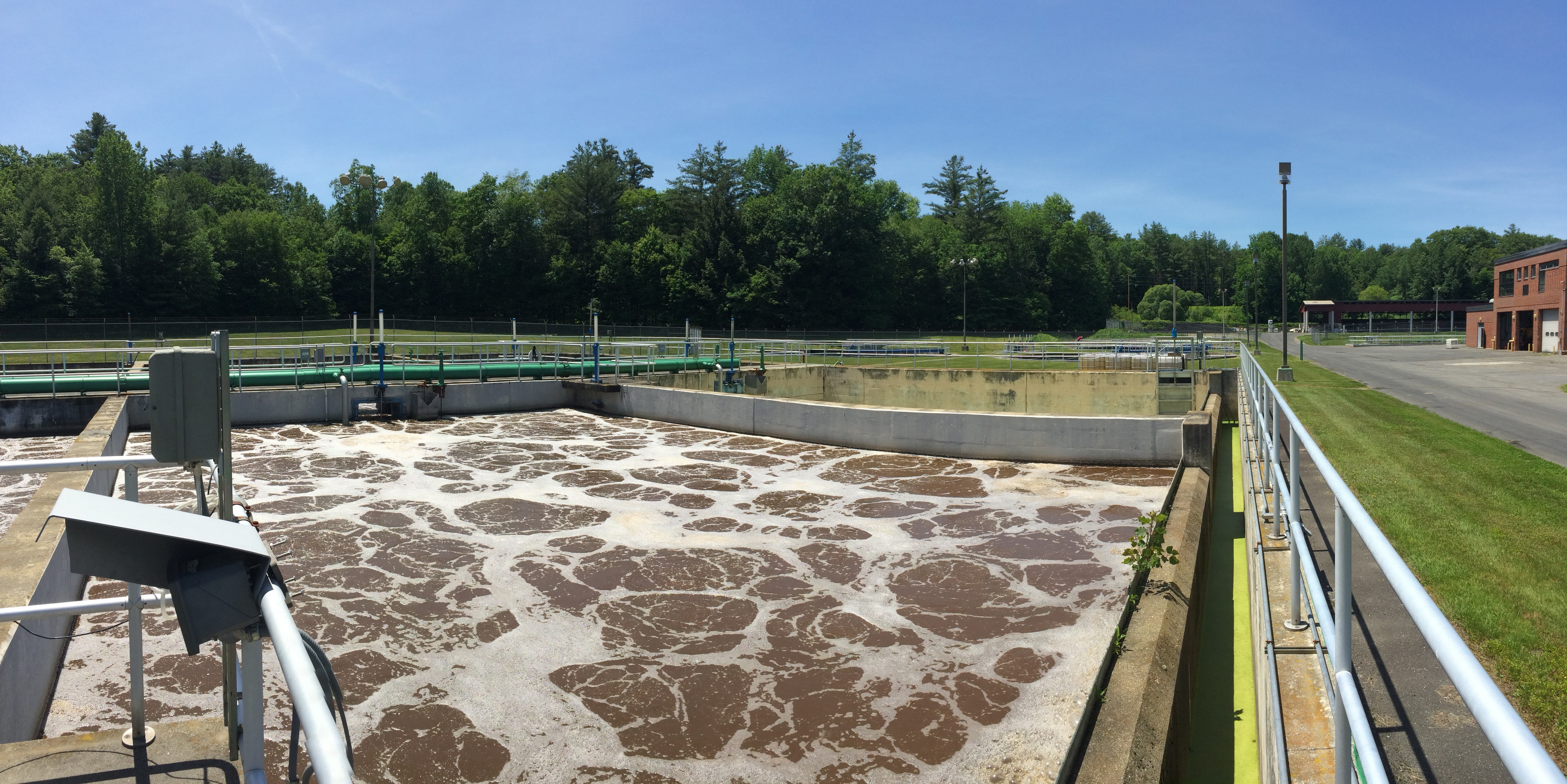Asset Management
Improving the understanding and performance of drinking water, wastewater and stormwater assets.
Asset Management is about delivering a specified level of service to customers and regulators at an optimal life cycle cost and an acceptable level of risk with a strategy that ensures long-term sustainability of public assets. NHDES’ mission is to establish a centralized location to provide information, technical assistance and funding opportunities to assist communities with the development of sustainable asset management programs. The guidance documents listed on the right are helpful documents to start with.
The development of an asset management plan and implementation of the asset management program can help reduce operating risks and address infrastructure challenges as the infrastructure continues to age and deteriorate. Asset management enables an organization or a community to examine the need for each asset as well as the performance of the assets. This, in turn, allows the individual systems to self-evaluate their needs and funding strategies.
The ultimate goal of using asset management is to create a shift from “reactive” management of a community’s assets to “proactive” management, thereby increasing the impact of community water infrastructure investments. This is an important step toward building sustainable communities. Asset management should not be limited to water infrastructure, but moreover could be utilized to proactively manage all community assets.
Is it a plan or a program?
Asset Management is both, a plan and a program. An asset management plan is an integral part of an asset management program. You have to start by developing an idea into a plan. The plan is a written document that is detailed, task-specific and includes a description of steps already taken or steps to be taken. The data included in an asset management plan is static, up-to-date at the time the plan was written. The asset management plan is one piece of an asset management program, albeit a significant piece.
An asset management program combines the asset management plan with a method of delivery and a process. The method of delivery will include the tool(s) to be used to manage the assets such as an excel spreadsheet or asset management software. The process will include the methods or standard operating procedures developed to make sure that the delivery method is used as prescribed. In short, the program is the actual continuous implementation of the plan.
Infrastructure Investment Needs Top $1.7 billion
According to the latest national assessment from the EPA, the nation’s drinking water utilities would need over $380 billion in infrastructure investments over the next 20 years for thousands of miles of pipe as well as water treatment plants, storage tanks, and other key assets to ensure public health. A more regional study conducted in 2010 by NHDES and Wright-Pierce illustrated that New Hampshire will need approximately $1.713 billion in funding over the same period of time with an estimated $830.5 million of this total allocated to water distribution and transmission and an additional $668.3 allocated for water treatment.

Stormwater Infrastructure is Aging and Seriously Undersized
Increasingly, stormwater infrastructure systems are failing because of insufficient capacity for the increased flow of water coming from extraordinary weather events and an increase in impervious surfaces. Studies in New Hampshire have shown that the state’s existing stormwater infrastructure is seriously undersized to accommodate the increases in storm intensity and frequency. In addition, much of the state’s stormwater infrastructure is over 100 years old. According to HB 1295, the capital costs to properly manage stormwater in the state is estimated to be greater than $182 million. However, most believe these capital costs will be closer to $1 billion.

Wastewater infrastructure investment needs top $2 billion
EPA’s Clean Watersheds Needs Survey (CWNS) is an assessment of capital investment needed nationwide for publicly-owned wastewater collection and treatment facilities to meet the water quality goals of the Clean Water Act. These wastewater “needs” were last assessed in 2012 as required by Congress. For New Hampshire, the wastewater needs estimated in 2012 were $1.71 billion, which included $1.03 billion for repair and replacement of sewers and $681 million estimated for wastewater treatment. A new survey will be conducted in 2022 using categories related to New Hampshire's needs.
Resources
Related Content
Asset Management Handbook and Toolkit
The intent of this handbook and toolkit is to introduce asset management to communities throughout New Hampshire, with a focus on implementation.
Funding Opportunities!
Public water system projects such as updating infrastructure, asset management and source water protection can be a financial challenge. NHDES is here to help!
New Hampshire’s Asset Management Database
The purpose of the New Hampshire’s Asset Management Database (NHamD) is to provide communities the ability to network with peers in New Hampshire that are implementing asset management.
Water & Wastewater Rates
Since 2017-2018 NHDES, in conjunction with the EFCN, have conducted surveys of water and wastewater rates for local government and other utilities in the state of New Hampshire.
Asset Management Blog
Did you know?
Did you know?
Much of the current public drinking water, wastewater and stormwater infrastructure in New Hampshire has exceeded its design life, is operating at its capacity, or is out of compliance.




